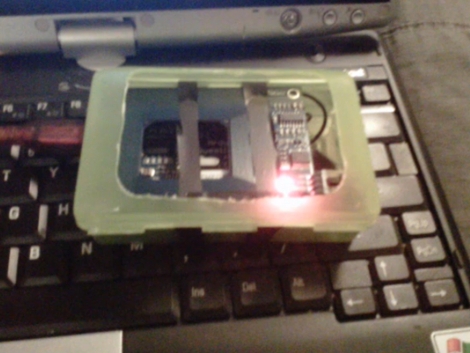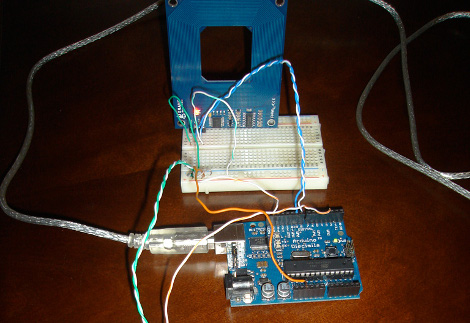
We couldn’t help but poke a little fun in the headline. This is [Alex Miller], a twelve year old who claimed a $3000 bounty from Mozilla. See, [Alex] is a self-taught security guru. When Mozilla upped the reward for discovering and reporting critical security flaws in their software he went to work searching for one. He estimates that he spent an hour and a half a day for ten days to find the hole. Fifteen hours of work for $3000? That’s pretty good!
Is it good or bad to pay for these kind of submissions? The real question: Is the bounty high enough to get blackhats to report vulnerabilities, rather than selling software that exploits them? Let us know what you think in the comments.
[via Zero Day]
















